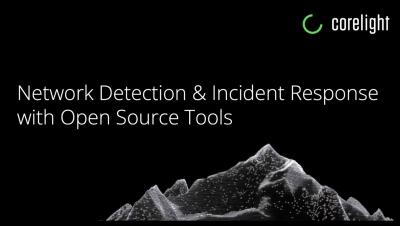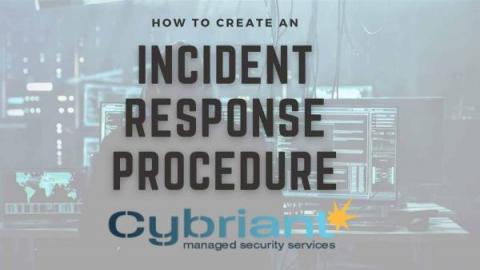Security | Threat Detection | Cyberattacks | DevSecOps | Compliance
November 2022
The 443 Episode 219 - CISA Incident Response Learnings
Three Tips for Creating Better Response and Recovery Plans
How Automation Playbooks Double Down on the Value of SOARs
Micro Lesson: Create Custom Playbooks in Cloud SOAR
Business Continuity, Disaster Recovery, and Security Incident Response Plan - Sedara Whiteboard
6 Steps to Successful IR: Containment
In the previous blog post, we discussed the importance of having a successful Incident Response Plan. In this blog post, we will go over the steps necessary to contain a breach. Containment is key to preventing the breach from spreading and affecting other parts of your business. By following these six steps, you can minimize the damage caused by a data breach and improve your chances of recovering quickly.
6 Steps to Successful IR: Identification
In our last blog post, we discussed the importance of having a solid Incident Response plan in place. In this blog post, we will discuss the next step in that process: identification. Once you have determined that an incident has occurred, it is important to identify the scope of the issue as quickly as possible. This will help you determine the best course of action and ensure that your response is effective.
Network Detection and Incident Response with Open Source Tools
How to Create an Incident Response Procedure
In the event of a data breach or security incident, having a well-defined incident response procedure can help contain the damage and minimize the risk of future incidents.











